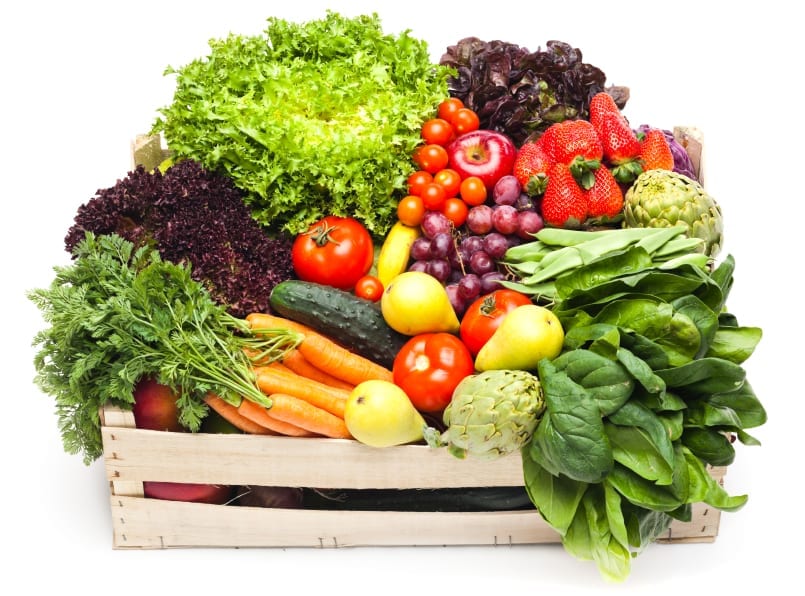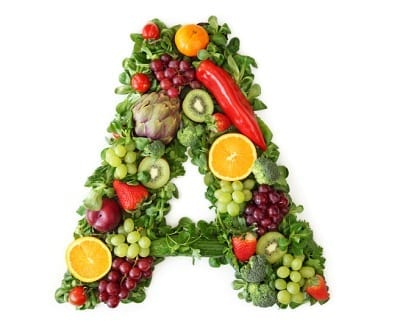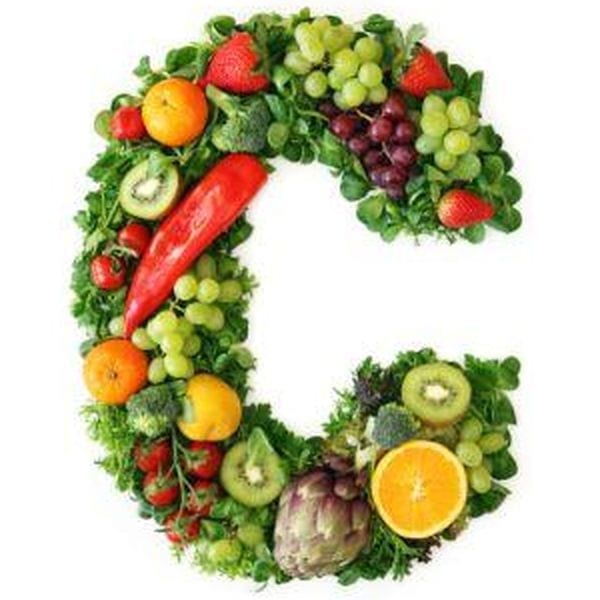Nowadays there are said to be over 35 million egg producing birds and about 600 million broilers in the U.K. at any one time. The good layer will produce 250 eggs for the farmer to make a profit and all these birds are descendants of the red Gallus from the far east. Some birds, such as the leghorns, are used as broilers at 36 days, or as roasters at eight weeks from lay. Egg are produced from about 18 weeks of age.
The female chick is born with a full complement of potential eggs in its ovary and there are several thousand of them. They are the primitive oocytes and are in the left ovary because the right ovary does not develop after the chick is born. The eggs develop in the ovary and, unlike in the mammal, only one develops fully at any one time. When it is mature the yellow yolk, with its fertilizable gamete, or germinal disc, is extruded from the ovary through a split in the ovary capsule called the stigma line. The yolk, or ovum, is held together by a thin vitelline membrane which surrounds it. The combined yolk and gamete are now free in the peritoneal cavity of the hen and, as in the mammal, it is picked up by tiny tentacles on the oviduct. The first part of the oviduct, the infundibulum, is where it would be fertilized by the cockerel?s sperm if there were any. The ovum then tracks down the oviduct, which is about 60 cm. long, until it is eventually extruded from the vent. On the way it is first coated with albumen, which is secreted by glands in the magnum of the oviduct, and here it twists round forming the chalazae from albuminous fibres which keep the yolk in the centre of the finished product. Later, as it continues its passage to the exterior, two shell membranes are formed to cover it in the isthmus of the oviduct and it then enters the uterus where the shell is added. It then rotates from sharp end forward to blunt end forward and is laid. This is called oviposition. The whole process from follicle rupture to the laying of the egg takes about 26 hours. Half an hour later the process starts again. Consecutive eggs are therefore laid more than 24 hours apart. Double yolkers occur when two yolks are liberated together.
Eggs provides everything necessary for the developing chick during its 21 day incubation period. The chalazae help to keep the fertilized ovum on the upper side of the yolk and against the heat of the incubating hen?s body. The albumen is not just a clear proteinaceous food but has a protective value as well. It contains one of the richest sources of an enzyme called lysozyme.
We have lysozyme in the tears which wash away unwanted debris.. The enzyme has an ability to dissolve the outer layer of some bacteria and, in consequence, conjunctivitis of bacterial origin, is less common than one would expect. It acts by hydrolysing a link between some glucose components in the building blocks of the bacterial cell wall. In the egg it seems to be necessary to combat any infection which enters the egg after it is laid. Lysozyme is also found in mammalian saliva, milk, cervical mucus and white blood cells. It has been investigated as a natural antibiotic. Human lysozyme has been crystallized and there has been a suggestion that it can attack some tumour cells.
All in all the price of a breakfast egg makes it a bargain, when one considers all the work that has gone into making it. It really is first class food.





Be the first to comment on "Where a good healthy breakfast comes from"